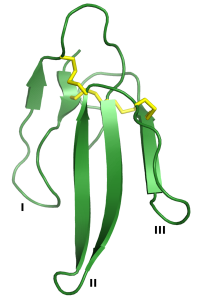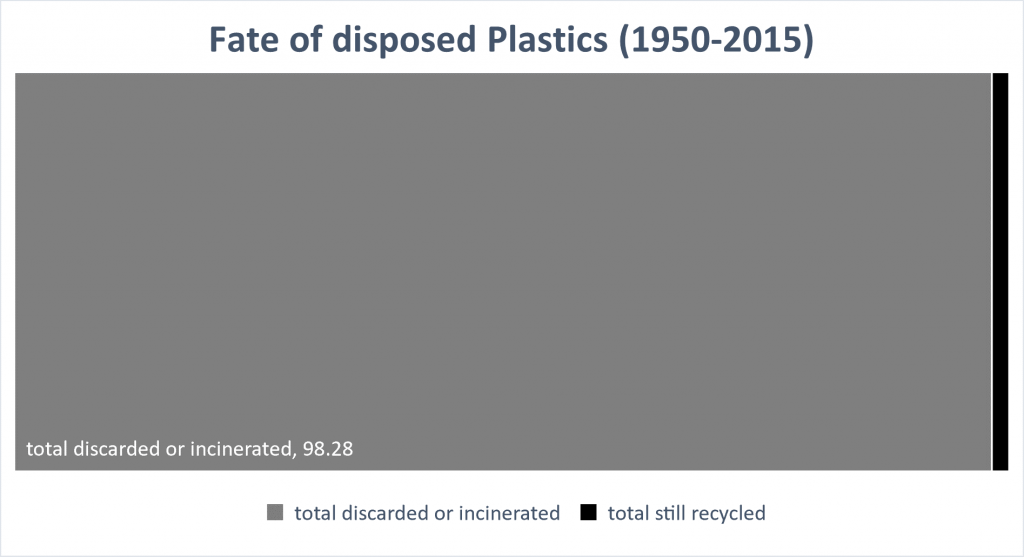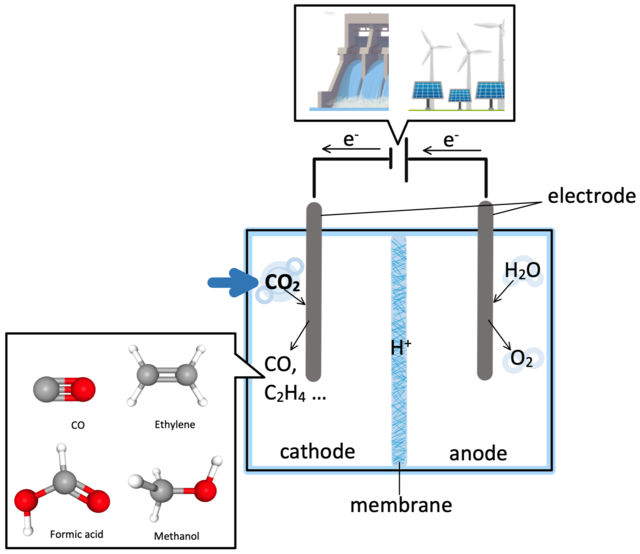Snakes are a root of fear for many people due to the dangerous venom they produce. Around 5.4 million people are bitten by snakes each year, 2.7 million of which are envenomings. Of these, up to 180 thousand cause death, and three times as many result in amputations or permanent disabilities. However, snake venom may also save your life. Snake venom has been used to treat a variety of conditions since the 1930s, including cancer, Alzheimer’s disease, Parkinson’s disease, and strokes.
Snake venom contains a variety of compounds, including a variety of powerful enzymatic and non-enzymatic peptides. Enzymes are biological catalysts used to promote the reaction of chemical compounds. Enzymes found in snake venom have a variety of applications, from antiviral and antibacterial properties. Further, several non-enzymatic peptides, such as 3FTxs and disintegrin, found in snake venom have been used as therapeutic agents for HIV, muscular dystrophy, cancer, and a variety of other ailments.

Tertiary structure of 3FTx non-enzymatic protein. Source
3FTxs, or Three-Finger Toxins, are a large group of non-enzymatic peptides found in venom that have been widely studied. Their identifiable structure appears due to the presence of several disulfide bonds in the molecule. The wide variety of these neurotoxins and the breadth of their family allow them to have a wide variety of uses, and their prevalence in venom among several snake species made them very researchable. 3FTxs have been used to treat drug-resistant HIV strains, multiple sclerosis, muscular dystrophy and other debilitating conditions.
However, snake venom comes at a cost, and an expensive one. Snake venom samples can cost anywhere from 250-4000$ per gram. These prices are in great part due to the immense difficulty in extracting snake venom. Snake venom extraction is done through a process called milking, a dangerous and tedious job, during which milkers run the risk of being bitten. Further to maintain the snake’s health, only small quantities of venom can be extracted at a time, with milkings occurring about every 30-60 days. This maintains the high price, making many therapeutics inaccessible to the general public.

Snake milking venom extraction. Source
Not only is venom extraction dangerous, but it also comes at a cost to the animal. Often snakes are kept in plastic bins stacked in rows in facilities, kept for extraction of venom. Groups have argued against the ethics of this, as the snake’s lifetime is significantly decreased by this treatment. Synthetic production of snake venom is an evolving field in recent years but has yet to be a more affordable and energy-efficient alternative to snake venom usage.
The importance of snake venom in the production of therapeutic agents cannot be underestimated, however, the mal-treatment of the animals, even if they frighten us, is an important consideration in the development of these life-saving products, particularly if those products are only accessible to people with enough money to cover the cost.
~Tristan Ruigrok





